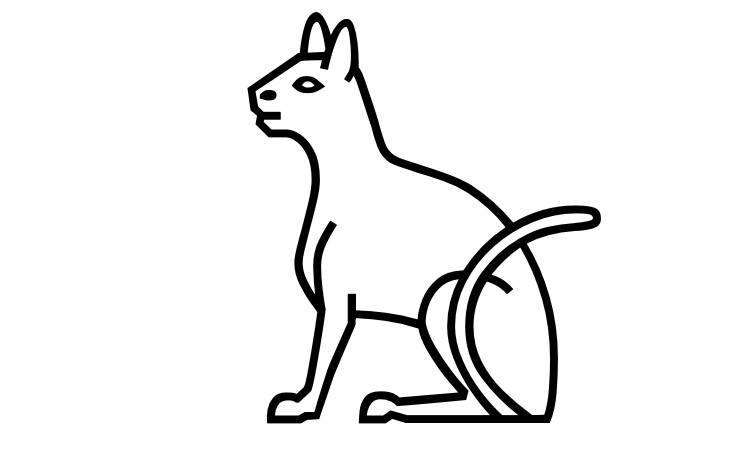

Scope: Our aims are to develop open-source, affordable, scalable, accurate and user-friendly aging clocks for cats. Unfortunately, current clocks cost anywhere between 160 and 250 dollars per sample, are somewhat cumbersome to process for people with low coding experience and are also not that accurate in assessing biological age (mortality and disease risk, if you will).
We want to improve on this by using low-depth RNA-sequencing on multiplexed native transcripts, and by also incorporating other functional analyses (cat muscle strength, walking meters, etc.) into a single open-source, open-data metric.
Epigenetic aging clocks are expensive, mainstream clocks can cost even $250 per cat sample, and although this is significantly cheaper than running a survival study over a long period of time, it is still a major obstacle in the way of longevity and pathology research. In the cases where this cost has been brought down, the approach is limited as it is looking exclusively at methylation.
Transcriptomic data is favourable, as methylation is absent in some species and it remains unclear wether and how the epigentic clocks affect gene expression. The key genes involved, support the role of specific transcription factors as well as cellular signalling in the regularisation of the aging process.
There are many new longevity startups in the veterinary space, the field is booming. They mainly target dogs (for examples, see loyalfordogs.com & rejuvenatebio.com), which is great! Unfortunately, this has also meant that no company so far has focused on the longevity of our feline fellows.
In order to pave the road for open-source & commercial projects for cat longevity, we need to first develop assays of cat health, including scalable aging clocks. Especially ones that are easy to use by consumers (pet owners) from biohacking groups and veterinary doctors conducting large clinical trials.
It is actually very important to enable large trials in cats, as they're better to study than dogs from several points of view (for example, lower variability in body and liver sizes). Additionally, by not having such data for this model organism, this strategically leads to the next step of developing a biobank and provide access to specific subsets of data to researchers.
created with
Website Builder Software .